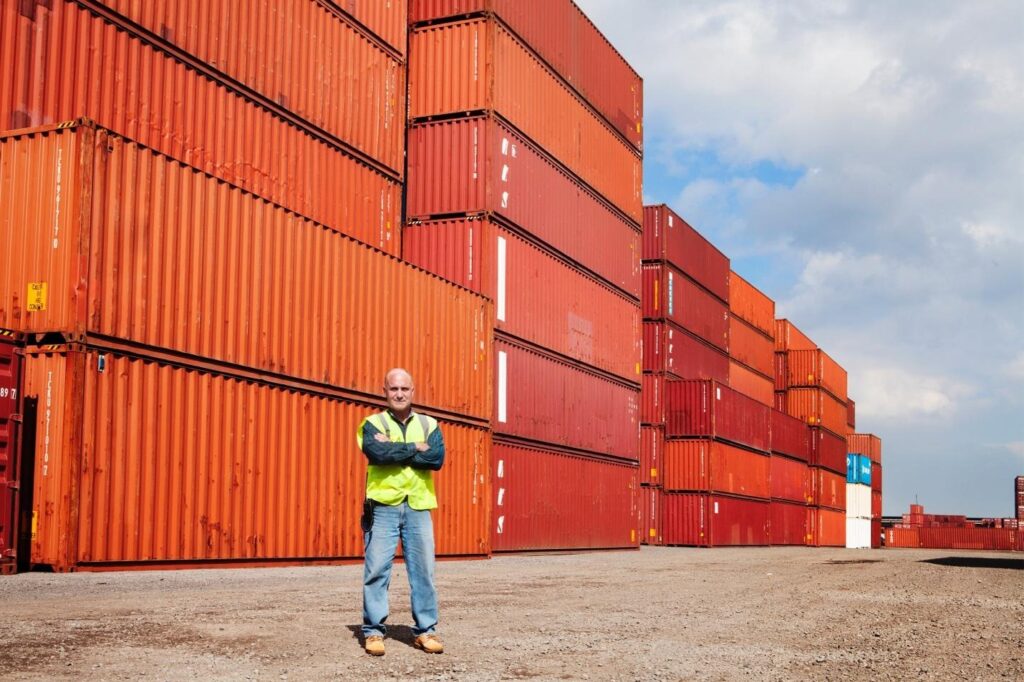
(photo credit: Microsoft Stock Images)
A shipping container’s journey starts far from any shoreline. Most of them are built in China. Gigantic steel sheets are cut, welded, and then equipped with doors. Every unit goes through a series of tests designed to prove it can endure use and harsh conditions. Once done, it receives an identification number and is entered into a tracking system. However, it’s only the start of its global journey.
The Starting Line
Before a container is ever moved onto a ship, it first makes its way, by truck or train, to an export terminal. At that stage, it’s packed with cargo. This can be anything from cutting‑edge electronics to simple materials. Logistics firms choreograph these movements with precision because even a brief hold‑up can unsettle the supply chain. The container’s journey hinges on a web of data, scheduling software, and human oversight that keeps everything humming along.
Across the Ocean
Cargo ships can pack more than twenty thousand containers, and every single one has a tag. The port’s control room can see exactly where it sits as they make the trek across the ocean. This journey can last for weeks, depending on the weather conditions and logistics. All the while, the crew and the ship’s automated systems constantly check temperature and fuel use to keep the freight safe.
Reaching Customs
As the ship pulls into its destination, the routine flips. Massive cranes swing the containers onto waiting trucks or trains for inspection. Customs officers pore over the paperwork. When necessary, they might pry open a box for a check. In this stage, speed and precision are crucial. Each idle hour adds costs for both importers and carriers. Once cleared, the cargo heads inland for warehouses or distribution centers.
At the Finish Line
In the final stretch, these shipping containers are moved onto trucks. From there, they travel to their designated locations, such as retail outlets or manufacturing plants. Some containers, however, are sent back out for another run or placed in short‑term storage. As sustainability becomes a priority, a growing number of firms now keep tabs on container utilization and cut down on deadhead trips by tapping into digital freight platforms.
The Workforce Working Behind the Curtain
Behind each and every shipment is an ensemble of workers pulling the strings to make it possible. From the dockhands who stack the crates and the truckers who haul them, to even the planners coordinating the most efficient routes, everyone has a hand in helping the journey become a success. More firms are tapping managed recruitment services to scout the niche talent that keeps these operations humming.
Shipping containers may seem meaningless at first glance. However, they’re vital in today’s supply chains. Goods can now travel from factory floors to store shelves in a fraction of the time they once required. Each container’s journey is a story of coordination, technology, and human toil. It’s proof that global trade leans on both machinery and the people who keep it moving. For more information, look over the accompanying infographic.
